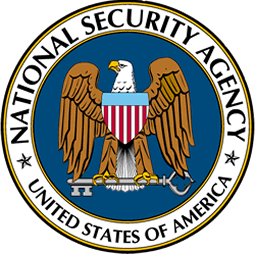By Ellen Messmer
Network World – The biggest business challenge today, in the minds of many information security officers, is the stealthy online infiltration by attackers to steal valuable proprietary information. The reality, they say, is that these so-called “advanced persistent threats” are so rampant and unrelenting they are forcing IT to rethink network security.
“Tackling advanced persistent threats means giving up the idea that it’s possible to protect everything. This is no longer realistic,” states the Security for Business Innovation Council, the group of 16 security leaders from companies that include eBay, Coca-Cola Company, SAP, FedEx Corp., Johnson & Johnson and Northrop Grumman. The council today published a report — “When Advanced Persistent Threats Go Mainstream” — outlining the problems and challenges facing large organizations.
These advanced persistent threat (APT) infiltrations can emanate from nation-states and their hired-hand attackers as well as industrial competitors, or organized crime and “hactivists” like Anonymous. The term APT is thought to have originated within the U.S. military, primarily the Air Force, which used the phrase as shorthand to describe cyberattacks that seemed to originate from somewhere in mainland China.
The overall sense, according to the report, is that an APT is a “cyberattack that is highly targeted, thoroughly researched, amply funded, and tailored to a particular organization — employing multiple vectors and using ‘low and slow’ techniques to evade detection.”
This stealthy attack infiltration to steal important data has become widespread, with several companies and government agencies disclosing they’ve been targets, including Google, EMC’s security division RSA, Epsilon, Citigroup, The Washington Post and the Department of Energy research labs Oak Ridge National Laboratory and Pacific Northwest National Lab.
Timothy McKnight, chief information security officer at Northrop Grumman, who is a member of Security for Business Innovation Council, recently discussed how the aerospace and defense firm virtually every day has to defend itself against what it believes are a dozen separate groups of attackers trying to get into its network to steal sensitive data.
In the council report the 16 information security officers are advising security teams to work closely with their business managers to identity the “crown jewels” of the organization and protect these “core assets,” while “also moving away from a perimeter-centric view.”
“Focusing on fortifying the perimeter is a losing battle,” their report bluntly states. “Today’s organizations are inherently porous. Change the perspective to protecting data throughout the lifecycle across the enterprise and the entire supply chain.” And the report adds: “The definition of successful defense has to change from ‘keeping attacks out’ to ‘sometimes attackers are going to get in; detect them as early as possible and minimize the damage.’ Assume that your organization might already be compromised and go from there.”
To read the remaining article Advanced persistent threats force IT to rethink security priorities























